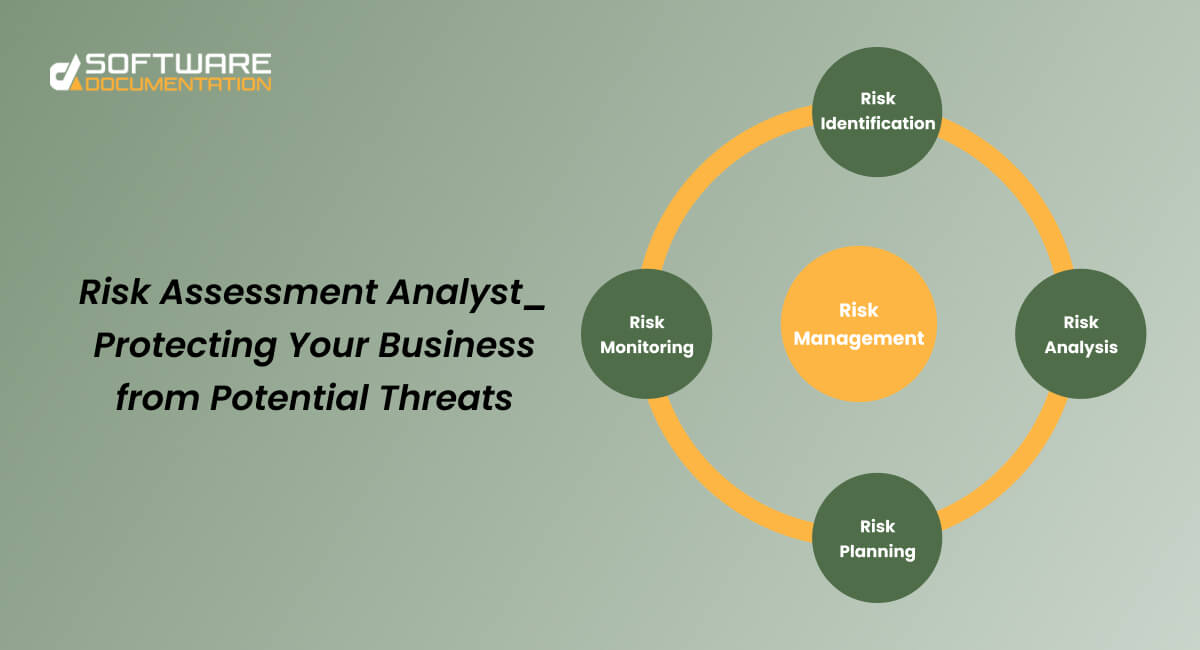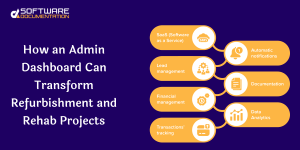Introduction
In a business landscape that is always changing, recognizing and addressing risks is important for keeping stability and achieving continuing success. A Risk Assessment Analyst is key to protecting organizations against possible threats by evaluating risks and developing tactics designed for effective management. This work investigates the roles, competencies, and outcomes of Risk Assessment Analysts while underlining their fundamental importance in current business activities.
What Does a Risk Assessment Analyst Do?
A Risk Assessment Analyst is an expert in the evaluation of possible risks that might influence an organization’s business, financial, or reputational interests. The main aim is to find vulnerabilities, measure the probability and impact of risks, and propose mitigation measures. A comprehensive understanding of likely threats and the development of strategies to alleviate their consequences is part of this.
Core Responsibilities of a Risk Assessment Analyst:
- Risk Identification:
Analysts are pointing out potential dangers that may influence the business. This evaluation involves studying multiple components including market variability, changes in regulation, technological dangers, and risky operational characteristics. - Risk Assessment:
They evaluate both the probability and impact of identified risks using methods that are quantitative and qualitative in nature. The review of data, a review of historical events, and the evaluation of potential scenarios are all part of the effort to assess the importance of every risk. - Risk Mitigation Strategies:
Risk Assessment Analysts use the results of their analysis to establish strategies to lessen risks. Robust information concerning changes in business strategies, the launch of new policies, or the direction of resources into risk management techniques may be on display here. - Monitoring and Reporting:
Regular assessments of the risk environment by analysts are used to recognize both new threats and alterations in ongoing risks. The production of reports from them offers leadership summarized risk evaluations, suggestions for mitigation, and strategies for mitigation. - Compliance and Risk Management:
They guarantee that the organisation sticks to the right regulations and standards in the domain of risk management. Being up to date on industry best practices and regulatory requirements is part of this.
Key Skills of a Risk Assessment Analyst
To excel in this role, a Risk Assessment Analyst must possess a blend of technical, analytical, and interpersonal skills:
- Analytical Skills:
The skill to process complex data and pinpoint prospective risks is extremely important. Analysts need to analyze risk factors and determine their projected influence on the organization. - Attention to Detail:
Majoring on minor risks calls for thorough observation, because they can be challenging to grasp initially, but can later lead to serious problems. - Problem-Solving Abilities:
To respond to the identified risks, analysts must create impactful approaches, which necessitates both inventive and strategic tactical thinking to establish solutions that decrease the potential impact. - Communication Skills:
Successful presentation of risk assessments and recommendations to senior leadership and other joined stakeholders requires that communication is clear. Analysis professionals must articulate complex information in a way that is intelligible. - Knowledge of Risk Management Tools:
Successful risk evaluation and mitigation depend heavily on knowledge of risk assessment matrices and modeling tools.
Tools and Techniques Used by Risk Assessment Analysts
Risk Assessment Analysts use various tools and techniques to evaluate and manage risks:
- Risk Assessment Software: The instruments, such as RiskWatch, Archer, and SAP Risk Management, permit analysts to find and track risks.
- Data Analysis Tools: For the purposes of analyzing risk data and modeling situations, Excel, R, and Python are employed.
- Risk Management Frameworks: ISO 31000 and COSO enhance the risk management process by ensuring that risk assessment is through.
- Risk Matrices: Visualising and ordering risks by their likelihood and impact is what risk matrices are for.
The Impact of a Risk Assessment Analyst on a Business
The role of a Risk Assessment Analyst significantly impacts an organization’s ability to manage and mitigate risks:
- Enhanced Risk Management: Organisations that perform adequately in risk assessment are more capable of dealing with foreseeable threats in advance, thereby minimizing unwanted incidents’ chances and severity.
- Improved Decision-Making: By presenting information on possible risks, analysts facilitate more knowledgeable decision-making, allowing organizations to manage uncertainties with certainty.
- Compliance and Security: Risk Assessment Analysts validate that organizations follow regulatory rules and keep strong security protocols in place to manage legal and operational risks.
- Increased Resilience: Realizing a reduction in risks strengthens an organization’s resilience against disruptions, consequently helping recovery from challenges to be faster.
The Future of Risk Assessment Analysis
As businesses deal with ever more complicated and unpredictable risk environments, Risk Assessment Analysts will find their positions evolving. The integration of enhanced technologies, particularly artificial intelligence (AI) and machine learning, will enhance the precision of risk assessment by supplying higher accuracy predictions and immediate risk monitoring.
In order to effectively defend organizations, analysts will have to be in the know about developing threats, including those related to cyber risks and geopolitical shifts. The future of this important function will be influenced by a focus on risk management based on data and by the creation of advanced risk assessment tools.
Conclusion
A Risk Assessment Analyst is crucial for recognizing and managing possible threats to an institution. These professionals help organizations protect both their business processes and maintain lasting success through means such as risk analysis, mitigation strategy development, and enforcement of compliance. Amidst the continuous advancement of risk landscapes, Risk Assessment Analysts will keep being important in the protection of companies from potential threats and their stability.
FAQs
What qualifications are required to become a Risk Assessment Analyst?
Usually, people require a degree in business, finance, risk management, or a relevant concentration to engage with their studies. The Certified Risk Management Professional (CRMP) can provide useful benefits.
What industries benefit the most from Risk Assessment Analysts?
Due to their complex and regulated nature, sectors including finance, healthcare, manufacturing, and technology achieve major advantages from risk assessment.
How do Risk Assessment Analysts identify potential risks?
In order to recognize probable threats to the organization, they combine data analysis, historical incident examinations, and risk modelling.
What tools are commonly used by Risk Assessment Analysts?
Standard examples include risk assessment software like RiskWatch, data analysis tools comprising Excel and Python, and risk management frameworks which include ISO 31000.
How does a Risk Assessment Analyst contribute to business strategy?
Being partners with businesses, Risk Assessment Analysts provide insights about probable risks and develop mitigation strategies to assist with decisions and improve strategic planning.



